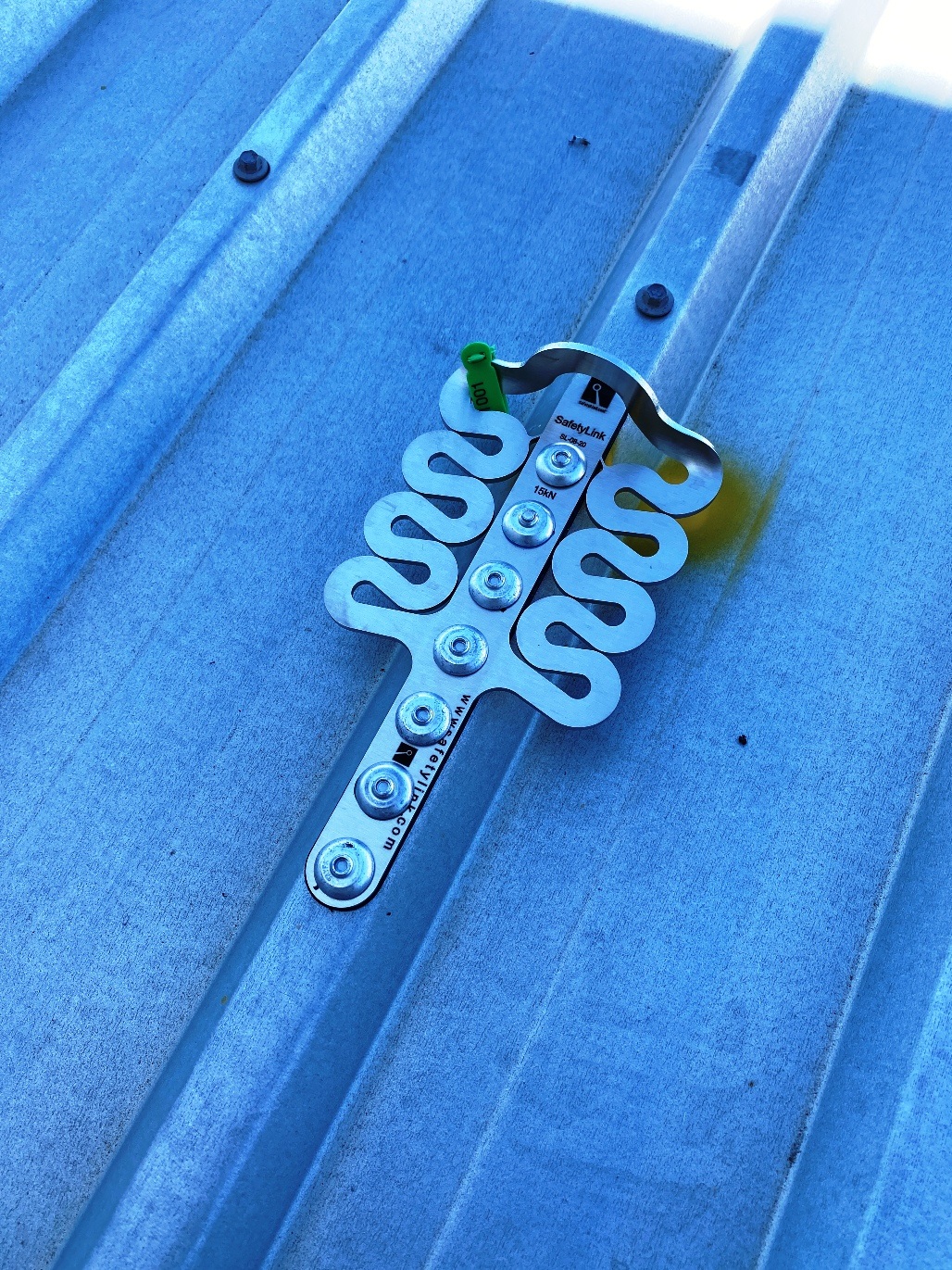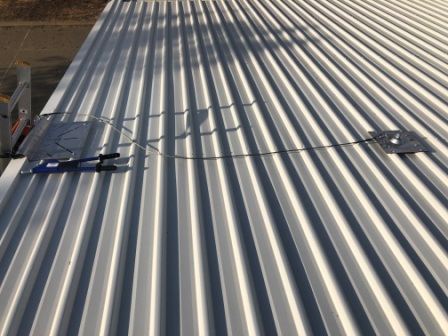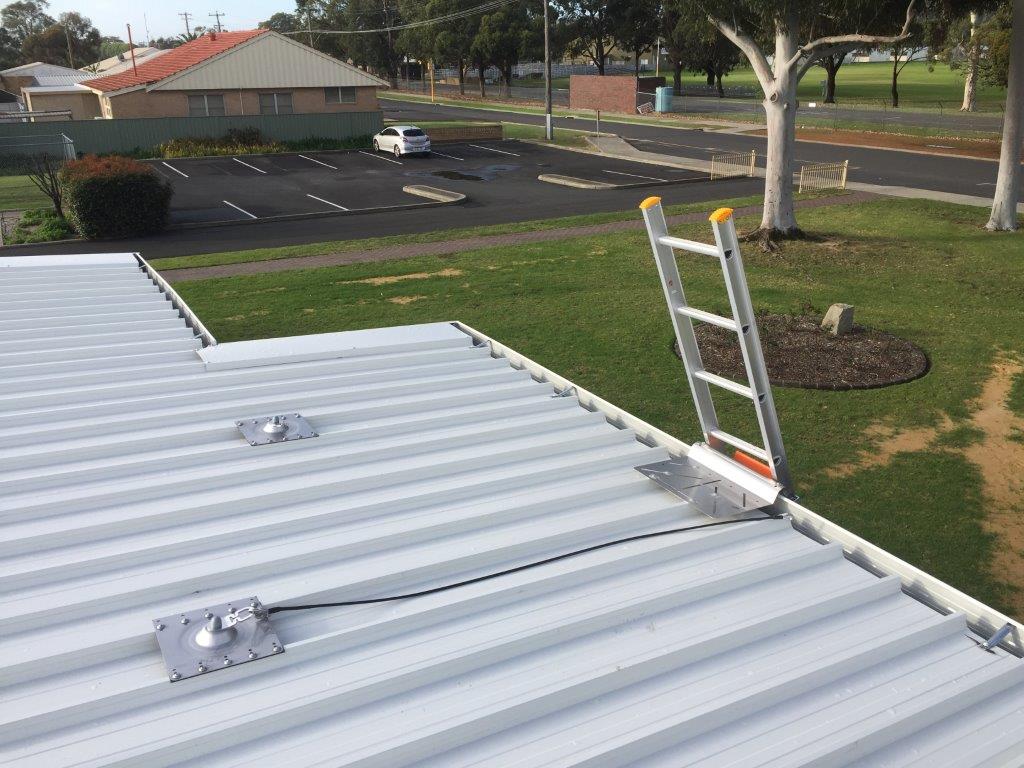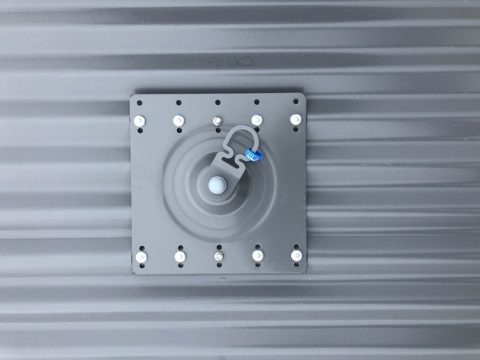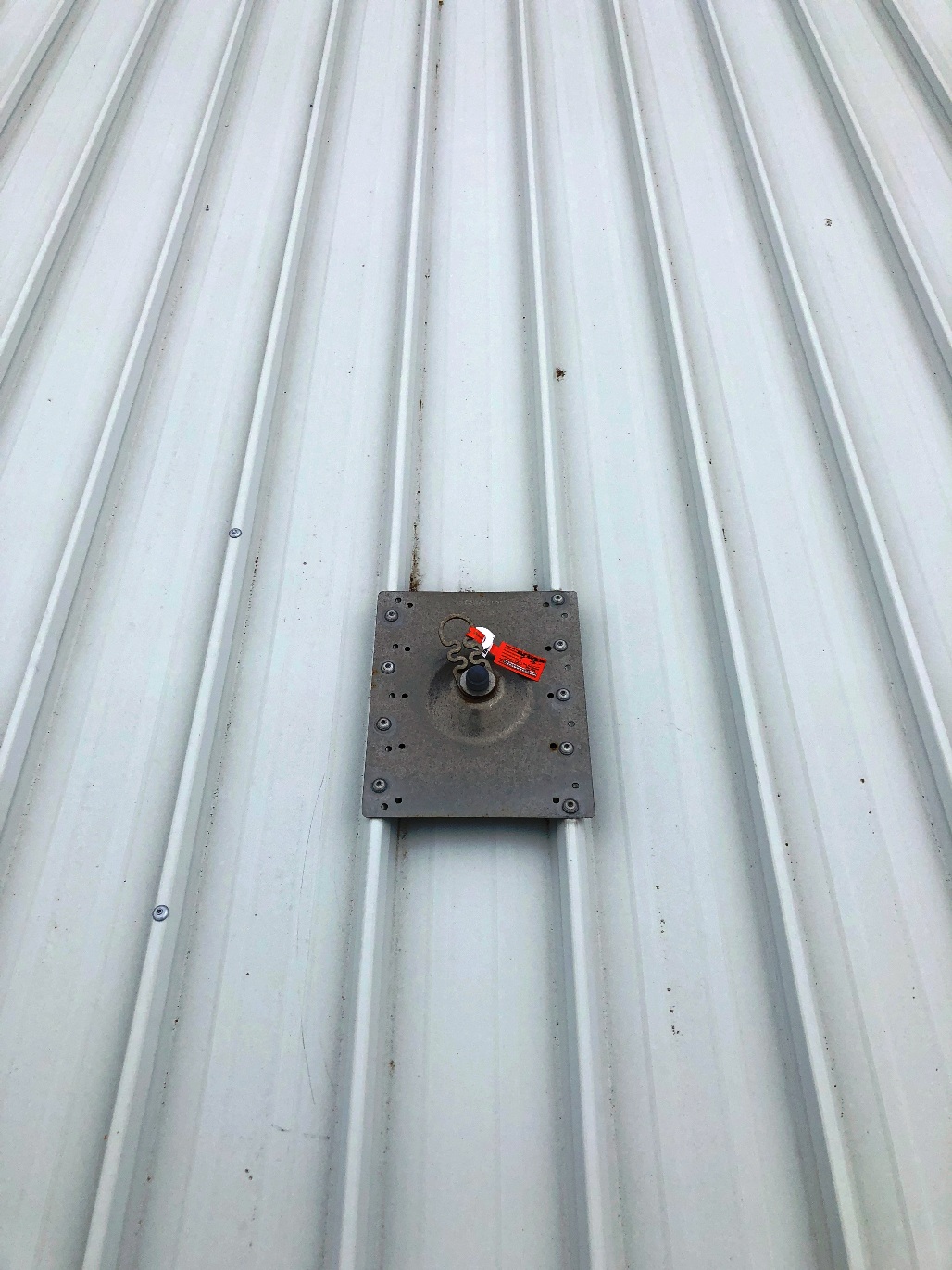Fall injury prevention
A Fall Injury Prevention System is designed to prevent a person from falling at height on a work site. This includes edge protection, fall restraint and fall arrest systems.
Regulations
In Western Australia, there is a requirement within the OS&H Regulations 1996 to address the risk of a fall 2m or above. This refers to a scaffold, fixed stairs, formwork, landing or a suspended slab.
The regulations also state, if the risk of a fall at a workplace is 3m or above then it is a requirement to provide a Fall Injury Protection System.
Frequently Asked Questions
Press the '+' icon below to read the answer.
What Type of Fall Arrest System do I Require?
What is a Fall Prevention System?
What is a Limited Free Fall?
What is a Free Fall?
What is a Fall Arrest System?
What is a lifeline or lanyard?
What is a fall restraint system?
What is a Fall Zone?
Types of Safety Roof Anchor Points
Single Anchor Point, or a series of single anchor points. Allows a person wearing a safety harness to attach their lifeline or lanyard too so that they can safely move into and work in the fall zone. The person is essentially attached to a single anchor point at any one time.
Static Lines are fixed horizontal cable, where a person wearing a safety harness, can attach to, via an energy-absorbing lifeline or lanyard and traverse up and down the line.
A Rail System is an overhead rail that a person wearing a safety harness can attach to via an energy-absorbing lanyard or inertia reel. In the event of a fall, this system will activate and arrest a 600mm limited free fall.
All Roof Access WA installs comply with:
- AS/NZ 1891-1, 2, 3 & 4 - Fall Arrest Systems
- AS 1657-2018- Fixed Platforms, Walkways, Stairways and Ladders
- AS/NZS 4488 Parts 1 & 2: Industrial Rope Access Systems
- AS/NZS 1319 Safety Signs for Occupational Environment
- Worksafe - Code of Practice - Managing the risk of falls at workplaces





